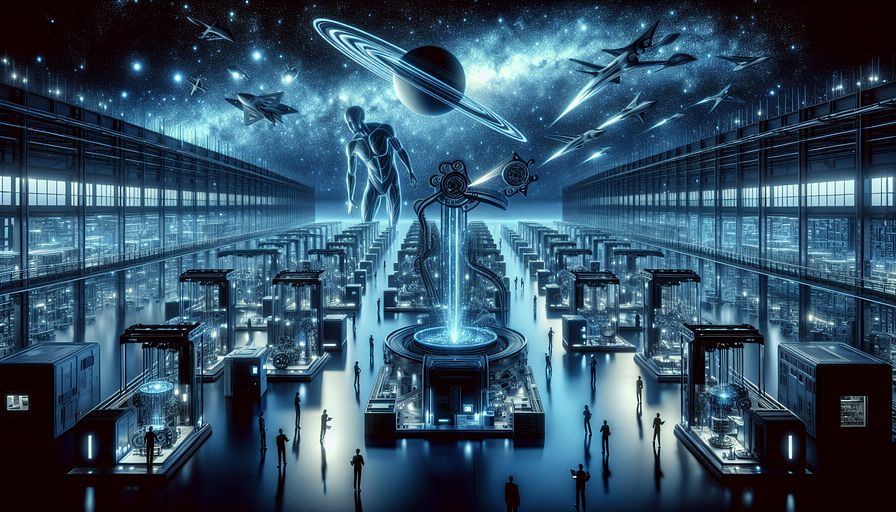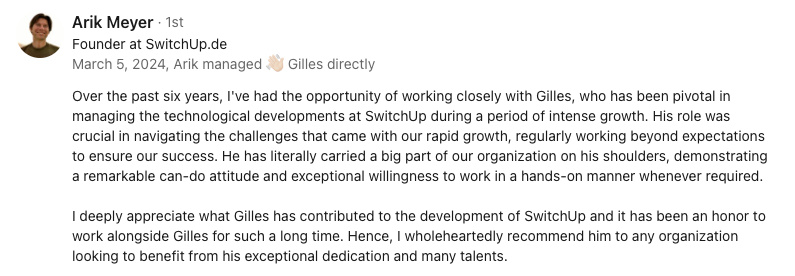Abstract:
Additive manufacturing, also known as 3D printing, is revolutionizing manufacturing by enabling the creation of objects layer-by-layer from digital models, eliminating the need for tooling and allowing unprecedented design freedom. This technology is widely used in industries like aerospace and automotive to produce lightweight components and rapid prototypes, driving innovation and reducing costs. Directors of Engineering and Technology play a crucial role in integrating additive manufacturing into existing processes and fostering a culture of innovation. Meanwhile, CTOs must embrace additive manufacturing to gain a competitive edge, strategically aligning technology and engineering functions to leverage its transformative potential.
Additive Manufacturing: A Catalyst for Transformation in Technology and EngineeringAdditive Manufacturing and 3D Printing: A New Era of Manufacturing
Additive manufacturing, also known as 3D printing, is ushering in a new era of manufacturing processes. This technology involves the creation of three-dimensional objects by depositing materials layer-by-layer based on a digital model. Contrasting with traditional subtractive manufacturing methods, additive manufacturing builds parts directly from CAD models, enabling unprecedented design freedom, and eliminating the need for tooling.
Advanced Manufacturing Processes and Additive Applications
Advanced manufacturing processes, including additive manufacturing, play a pivotal role in transforming technology and engineering landscapes. Additive applications span diverse industries, such as aerospace, automotive, medical, and consumer products. For instance, aerospace companies utilize additive manufacturing to produce lightweight components, reducing fuel consumption and emissions. Meanwhile, automotive manufacturers leverage this technology to create complex geometries and rapid prototypes, accelerating product development cycles and reducing costs.
Executive Roles in Additive Manufacturing
Directors of Engineering and Directors of Technology are vital in driving additive manufacturing initiatives within their respective organizations. Engineers and technologists must collaborate to integrate additive manufacturing into existing processes, ensuring seamless workflows, and optimizing design and production strategies. As thought leaders, these executives should cultivate a culture of innovation and continuous learning, empowering their teams to explore and adopt new technologies.
The CTO's Perspective: Forefront of Technology Transformation
As a CTO, embracing additive manufacturing technologies is essential in driving sustainable growth and competitive advantage. By fostering a deep understanding of additive applications, executives can strategically align their technology and engineering functions to capitalize on the transformative potential of additive manufacturing. As pioneers in this field, CTOs must collaborate with Directors of Engineering and Directors of Technology, empowering their teams to innovate and excel in this rapidly evolving landscape.
You might be interested by these articles:
- Revolutionizing Industries with 3D Printing
- 3D Printing's Industry Impact
- Empowering Startups with Local 3D Printing Revolution





